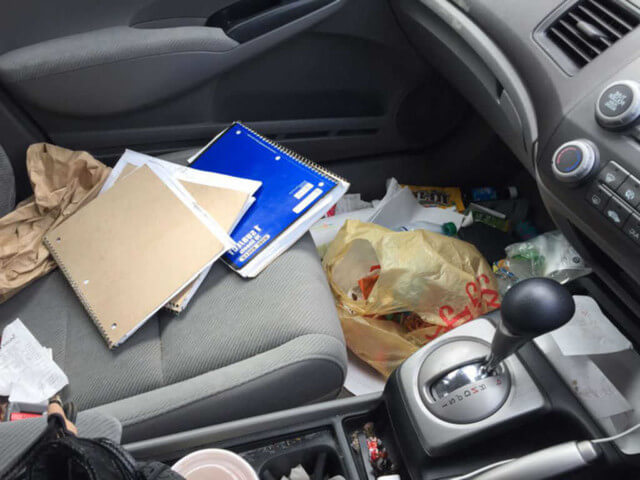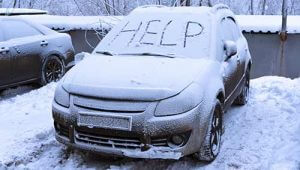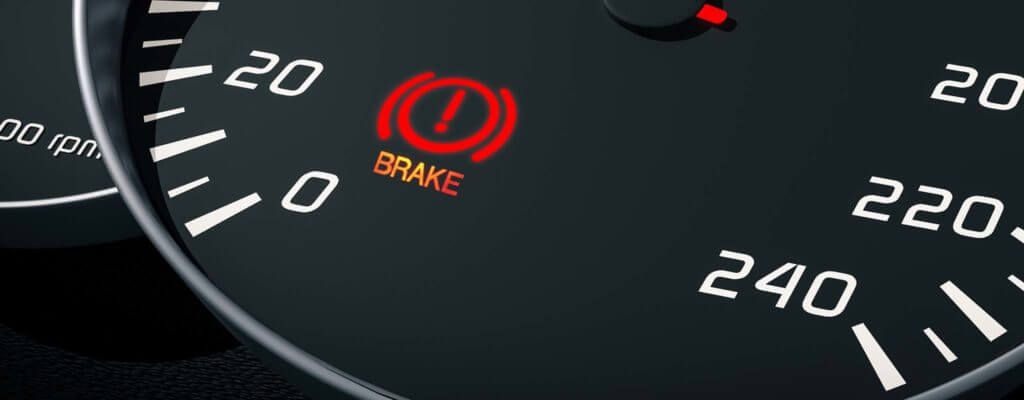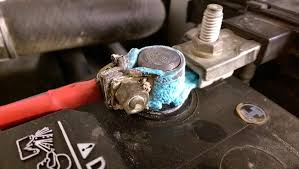Posted on 2/15/2022

Not just messy, this can be downright unsafe for our techs! Let’s face it, vehicles are complex machines, and hats off to the technicians who can diagnose and repair them when things go wrong. Here are four tips to follow when you take your vehicle in, according to service advisors and technicians. Describe the problem thoroughly and accurately. When you tell friends how your day at work was, you probably go into a fair amount of detail: the boss yelled at you because you were late, the computer froze up and lost five reports you were working on, and you over-microwaved your lunch. Details, details, details. The same works when you’re telling your Service Advisor the issues you are having with your vehicle. Give as many facts as you can. Did you smell something burning? Did your vehicle make a noise? Where was the noise coming from and sounds does it make? Your powers of observation can be very helpful. Consider ... read more
Posted on 2/15/2022

Brrrr. It’s cold outside (especially in the mornings!!) and only going to get colder. And if your vehicle’s heater isn’t working, then it’s cold inside too. No fun – and potentially dangerous: heat is needed to defrost your windshield. Unlike your house that has one furnace, a vehicle’s heating system has several different components, so it takes a trained technician to figure out where the problem is. Freezing cold – inside and out! Here’s how the heater works in most vehicles. Coolant circulates through the engine (it’s helping the engine disperse the heat it generates). Some of that heated liquid passes through a smaller radiator called the heater core, which is under your dashboard. A fan blows air through that heater core, and heated air is distributed into your vehicle’s passenger cabin. As you can see, there are several different possibilities when your vehicle’s he ... read more
Posted on 2/15/2022

Of all the warning lights on your vehicle’s instrument panel, there’s one that demands your attention. And that’s the brake warning light.Common sense will tell you that if you can’t stop, you are endangering yourself and others. Brake warning lights are there to warn you that something is wrong with this vital safety system.There are several reasons a brake light will come on, but if yours does, get it to our Service Center and have it checked out right away.Here are some possibilities of what’s going on when you see that brake warning light.Low brake fluid—A sensor has detected that the brake fluid level is low. The technician can determine if you need more fluid. The technician can also determine if there’s a leak in your brake system. Low brake fluid could also be a sign of worn brakes pads. An inspection can reveal brake problems. Just topping off the brake fluid can leave critical problems unaddre ... read more
Posted on 2/15/2022

DRIVING ON WET LEAVESWe all know driving on slippery ice can be dangerous. What you might not know is that wet leaves can be just as slick. If you live in an area that has trees that drop their leaves, or if you’re traveling in an area where the fall foliage is worth a look, here are a few things that could help you avoid an accident.Leaves are similar to ice when they get wet in that they create a barrier between the road and your tires. With ice, it’s a layer of water. With leaves, it’s the slippery surface they have on both sides added to a layer of water. Some tests have shown that stopping distances more than double when you’re traveling on a road with wet leaves compared to that same street that’s dry and clear of debris. If you find yourself skidding on wet leaves, use the same driving techniques as you would on ice. Speed is your biggest enemy when you encounter any slippery surface, so just slow down when you are ... read more
Posted on 2/15/2022

Chances are you’ve had the power go out in your neighborhood at some time, and you know how helpless you feel. No lights, no microwave oven, no cold refrigerator: Yikes, it’s like living in another century. Well, your vehicle is also highly dependent on having power for it to run properly. When your battery cables are failing, that power is not transferred as it should be.Battery cables are essentially the wires that connect your vehicle to its battery. The positive cable supplies the power to various components that use them and the negative grounds the system to the vehicle chassis. This setup allows you to have power throughout your vehicle.When a battery cable fails, your vehicle may not start, your starter may turn over very slowly, or you may hear a clicking noise. And you may see your battery warning light go on. Just like a house with no power, a vehicle with no power needs to get it back for things to work the way they should.It ... read more